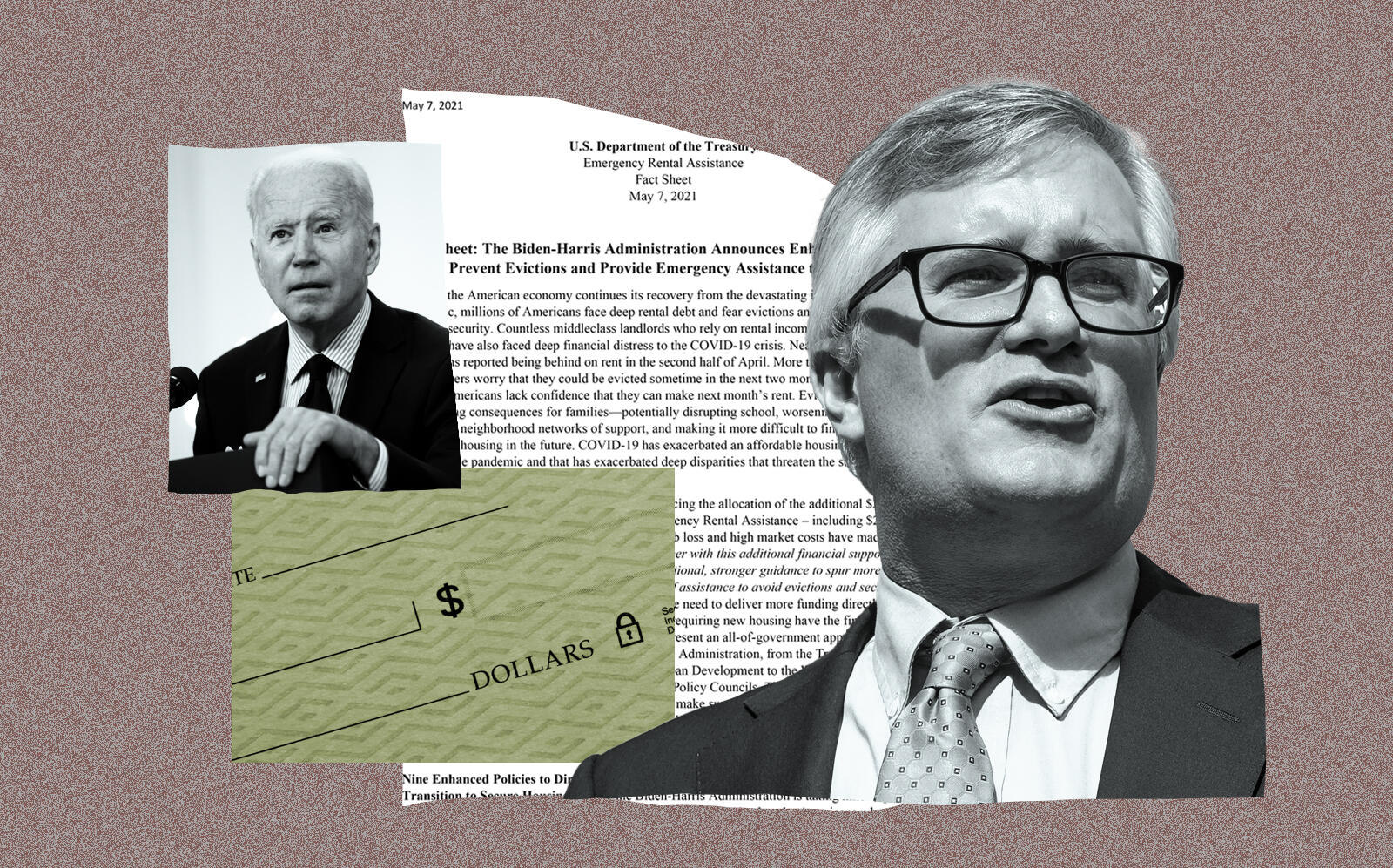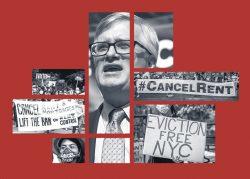 Landlords shun federal rent relief over program requirements
Landlords shun federal rent relief over program requirements
Trending
Federal guidelines could complicate state’s rent relief rollout
State must offer funds directly to tenants if landlords choose not to participate in the program

Washington dished out a new set of guidelines for state-issued rent relief funds last week — specifications that could throw a wrench in New York’s distribution plan for a program that has yet to go live.
It is unclear how the state will need to revise its program based on the new guidelines, if at all. However, some property owners are concerned that the federal rules don’t explicitly require renters who receive funds to hand that money over to their landlords.
The state’s current rules allow landlords or tenants to apply for funds, but the two parties must work together in order for back rent to be covered by federal dollars. The new federal guidelines, with which states must comply, require that aid be offered directly to tenants in cases where the landlord refuses to cooperate. Those guidelines also leave the door open for states to channel funds directly to tenants without first contacting their landlords.
The tweak guarantees that tenants can pay off back rent even if their landlords don’t apply for the funds. Some landlords chose not to participate during last year’s rent relief program, Sen. Brian Kavanagh said.
Ellen Davidson, an attorney at the Legal Aid Society said some are reluctant to release their taxpayer identification numbers to city or state agencies. “We see landlords who absolutely refuse to cooperate to get money that is owed to them,” said Davidson.
Read more
 Landlords shun federal rent relief over program requirements
Landlords shun federal rent relief over program requirements
 Landlords hail relief bill as end of “cancel rent”
Landlords hail relief bill as end of “cancel rent”
Jay Martin, executive director of the Community Housing Improvement Program, said his organization isn’t “adverse” to tenants receiving rent directly.
“But there has to be a requirement for tenants to use that money for paying the rent,” he said.
Tenant advocate Cea Weaver, who leads the Housing Justice for All coalition, doubts the new provision will hurt owners. She said it is clear in the federal guidelines that the funds are intended for rent relief.
“If the landlords want the money, they are going to get the money,” she said.
Still, the federal revisions create several gray areas that could force the state to adjust its existing law to comply with the new guidelines.
Language in the initial federal statute allowed states to choose whether or not to funnel money directly to renters. New York opted not to, opting instead to distribute funds to landlords if they qualified for the program and accepted the funds, and if their tenants also applied. Now, Davidson says, they may have to rewrite their law to regain federal compliance.
Sen. Brian Kavanagh said the state will discuss with the Treasury Department whether the guidance will require changes to New York’s plan. He said the federal guidance seeks to address a problem already solved by the state’s program. Under New York’s law, approved as part of the state budget, if a landlord refuses rent relief for a period of 12 months, they waive their right to the unpaid rent and can’t pursue related legal action against the tenant.
“We think we get at the same outcome, but our approach is more protective of the tenant,” he said.
Already baked in is a provision that allows renters to apply for relief without providing documentation of income, a protection for vulnerable tenants and immigrants.
A provision stipulating a timeframe in which funds can be used could create another wrinkle for the state legislature. New York’s law states that funds can be used to pay up to 12 months of back rent and three months of future rent. But the federal guidelines say monies from the American Rescue Plan — about $1 billion of the total $2.4 billion in federal funding released to the state — can go to 18 months of rent relief, creating a discrepancy between state and federal rules.
“And it could be 18 months of rent arrears, 18 months of rental assistance going forward, or some combination of the two,” said Davidson.
The relief program has yet to get off the ground after receiving approval last month. It’s possible a revamp of the legislation could further delay the launch, though Davidson thinks it’s unlikely. She said there will probably be a grace period wherein the state can make changes to the law even after the program opens.
The Office of Temporary and Disability Assistance has said that it will release applications for the state’s program sometime this month. A spokesperson for the program didn’t specify if the federal guidance would affect this timeline, but said the agency is reviewing the changes and remains “focused on preparing for the launch” of the program.




